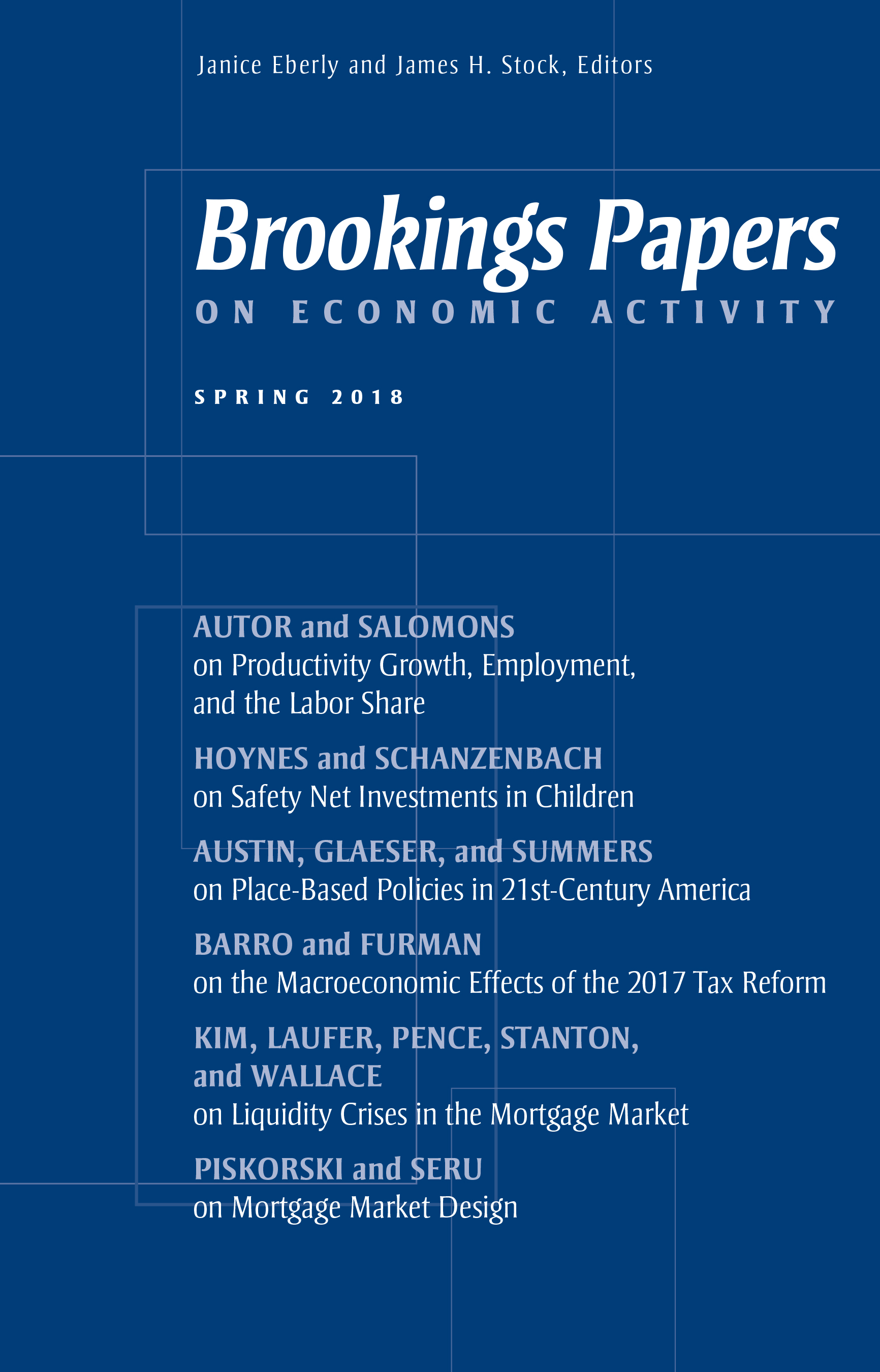Social Security has a progressive benefit formula
that generates a higher replacement rate for lower
earners than higher earners; that is, monthly benefits
represent a larger share of previous earnings for lower
earners. The program also provides auxiliary benefits
to some spouses without lowering the benefit of the
worker with such a spouse. In the absence of special
rules, workers or spouses with extended careers outside
Social Security (for example, some federal, state,
and local employees) would gain from these provisions
even though the provisions were not intended to benefit
those with public pensions provided outside Social
Security. In both cases, Congress has enacted rules to
limit the extent to which Social Security provides unwarranted
subsidies to workers with pensions based
on noncovered work. Some advocates and
policymakers, however, have expressed dissatisfaction
with the workings of these rules and we propose a
modification to address them.
The government pension offset (GPO) reduces Social
Security spousal or widow(er) benefits by $2 for
every $3 received from a pension based on federal,
state, or local government employment not covered
under Social Security. Under Social Security, spouses
of retired, disabled, or deceased workers are entitled
to Social Security benefits on the basis of the worker’s
earnings history. To clarify the discussion, we refer to
the primary worker as spouse A and the person benefiting
from the spousal or widow(er) benefit as spouse B.
As long as the retirement benefit that spouse B earns
based on his or her own work record is smaller than
the spousal or widow(er) benefit based on spouse A’s
work record, spouse B’s total Social Security benefit is
unaffected by having worked at covered jobs. In other
words, a spouse working in employment covered by
Social Security has his or her spousal and widow(er)
benefit reduced dollar-for-dollar for any retirement
benefits earned under Social Security, until the retirement
benefit exceeds the benefit he or she would have
received without working.
Social Security has a progressive benefit formula
that generates a higher replacement rate for lower
For example, consider a worker (spouse A) whose
Social Security benefit is $1,500 per month. The
worker’s spouse (spouse B) would normally be entitled
to a spousal benefit of $750 per month even if B never
worked. If spouse B had worked, B’s total Social Security
benefit (including both the spousal benefit and B’s
own retirement benefit) remains $750 unless B’s work
is so extensive that B’s own retirement benefit is higher
than $750.







